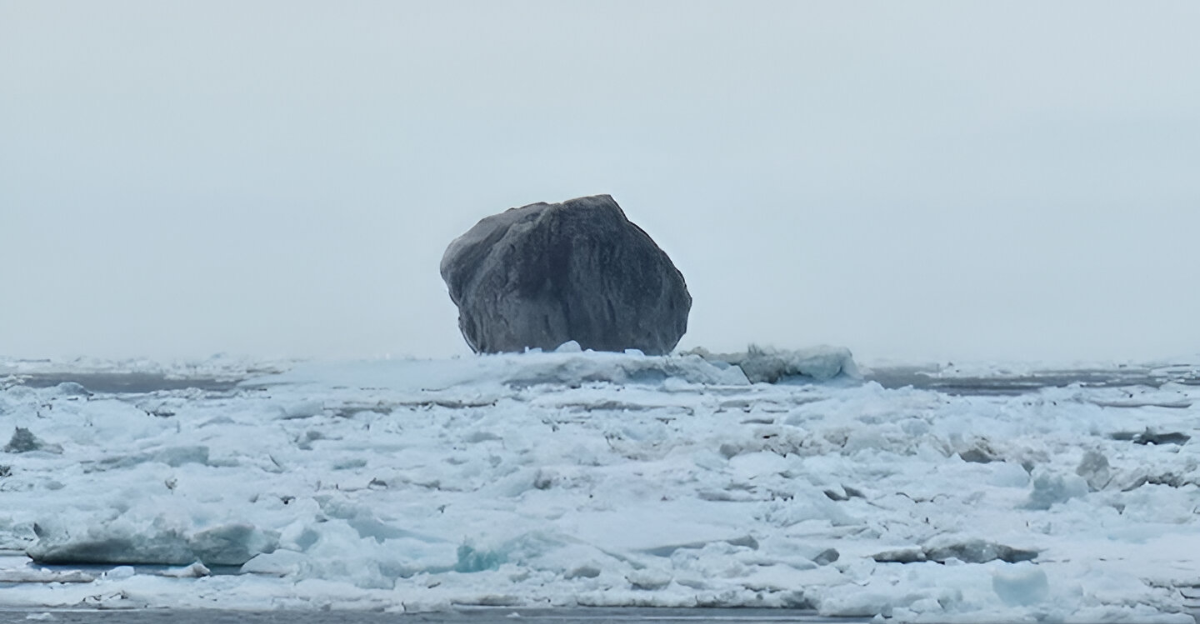
It can be quite a remarkable experience to see an iceberg up close and personal, but never in your wildest dreams would you ever expect to see a black iceberg. Apparently, this is what dreams are made of because a giant black iceberg has been spotted off the coast of Canada.
Unlike the familiar white or blue icebergs that drift through polar seas, this jet-black iceberg is so rare that it’s leaving the most experienced researchers completely puzzled.
What’s All The Fuss About?
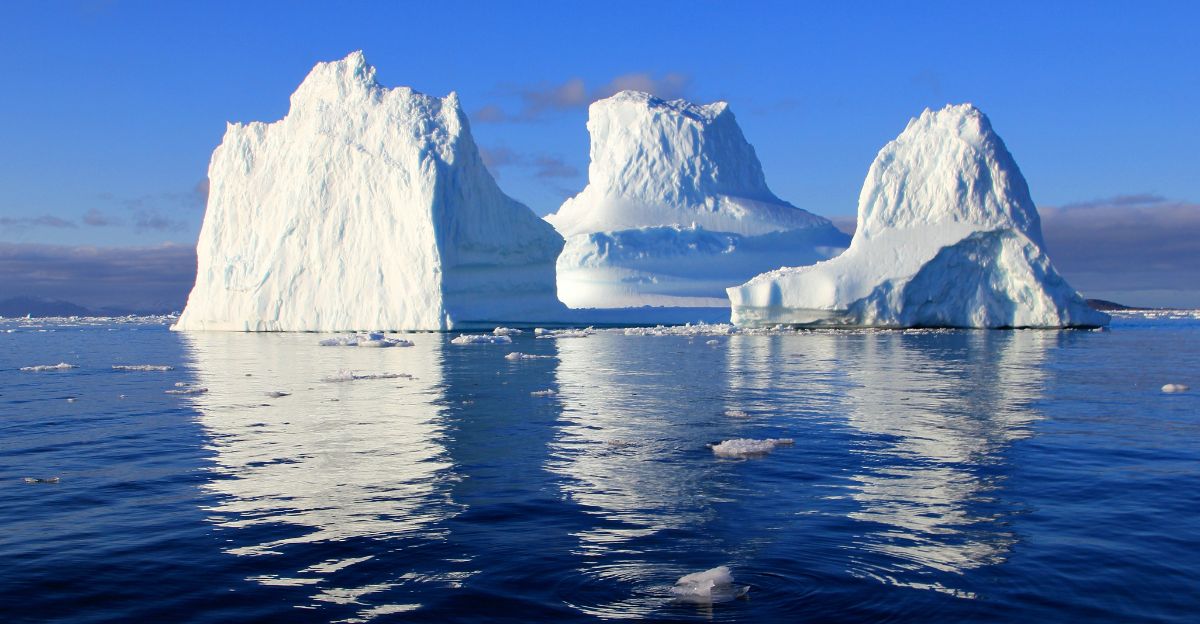
After fisherman Hallur Antoniussen captured and shared a photo of the iceberg’s striking, soot-black surface and diamond-like shape, social media platforms erupted with awe, speculation, and imaginative theories. Everyone had an opinion to share, but it might not be what it seems.
“I have seen icebergs that are rolled, what they say have rolled in the beach with some rocks in it. This one here is completely different. It’s not only that he is all black. He is almost in a diamond shape,” Antoniussen.
What Makes Most Icebergs White or Blue?
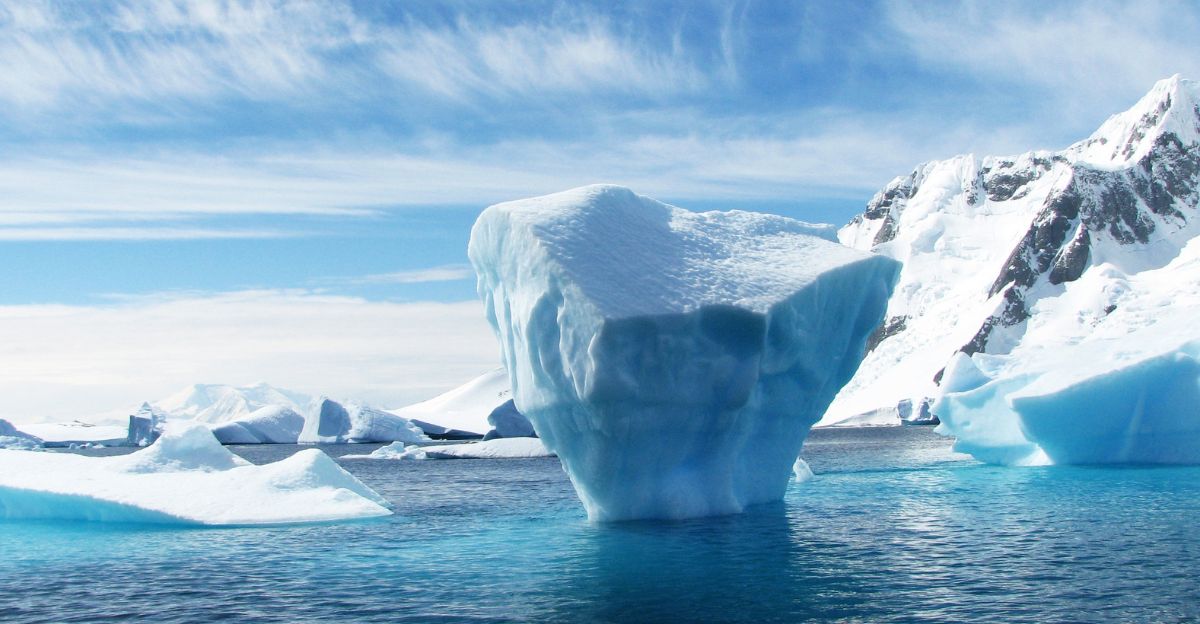
Most icebergs seen floating in the ocean have a blue or white hue due to how light interacts with the ice’s structure and composition. White icebergs get their color primarily from air bubbles trapped within the ice or snow covering their surfaces.
Blue icebergs form when the ice has been compressed over many years, squeezing out most of the air bubbles and creating dense, clear ice. They are usually older, deeper ice that perfectly reflects sunlight.
The Science Behind the Black Hue
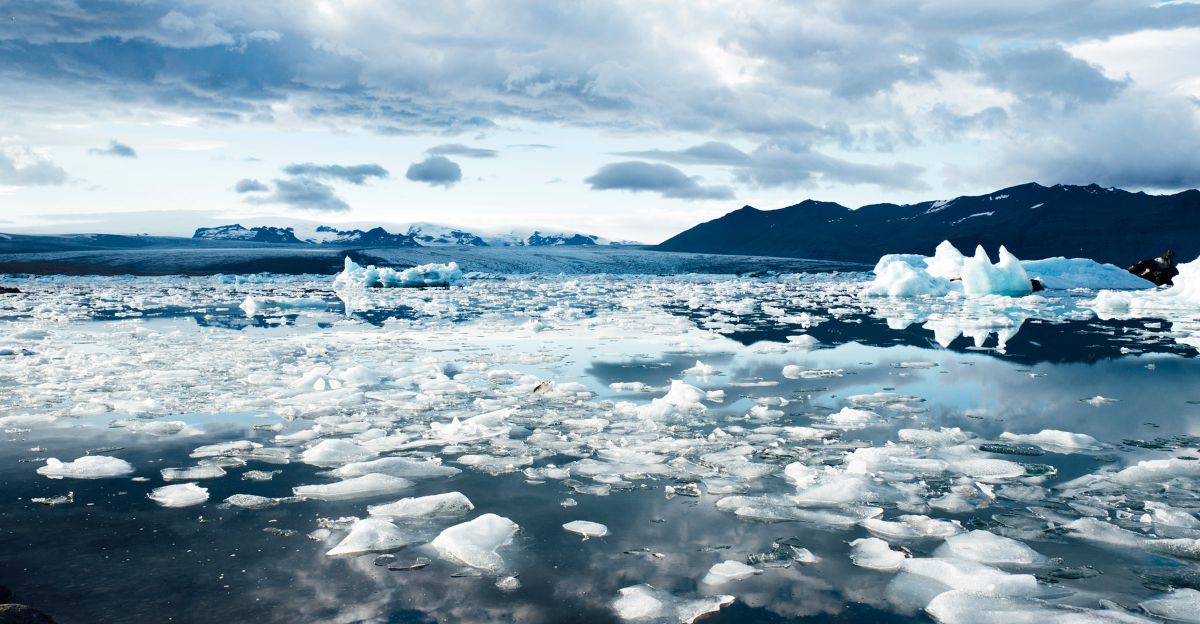
Scientists explain that dark coloration can occur when glaciers grind across land as they move toward the sea, picking up soil, stones, and other dark debris embedded in the ice. Over thousands, or even tens of thousands, of years, this debris all blends together seamlessly, giving the iceberg its jet-black appearance. Other possible contributors to the dark color include soot from ancient volcanic eruptions or debris from meteorite impacts, which also becomes trapped in the ice, giving the iceberg its remarkable color.
“Icebergs containing iron oxides appear green due to a yellow hue when mixed with blue ice. Others can appear black or dark gray, often due to soil, stones, or other dark-colored materials mixed into the ice, sometimes as they roll over dark surfaces,” said Glaciologist Dr. Lev Tarasov from Memorial University in Canada.
The Age of the Iceberg
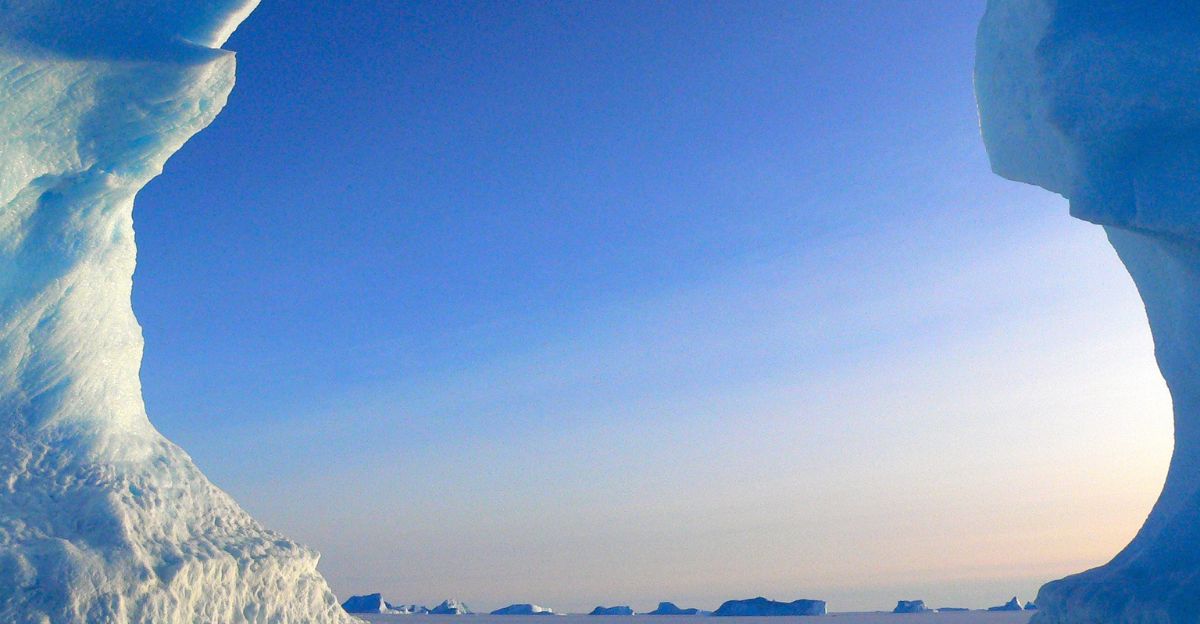
It takes thousands of years for an iceberg to take on this unique color due to how well the materials need to be mixed together. This iceberg is extraordinarily ancient, potentially ranging from 1,000 to as much as 100,000 years old. Just imagine the environmental conditions and geological events hidden within its layers.
“It would take a long time for these debris to mix uniformly, as appears in Antoniussen’s iceberg, suggesting that the ice block is quite ancient, with an age between 1,000 and 100,000 years,” said Tarasov.
What Lies Beneath the Surface

Like most icebergs, its uppermost layers are composed of recently fallen snow, gradually compressed into denser firn and eventually into solid ice as depth increases. Depending on its formation history, the density and composition change deep within the iceberg, with compressed air bubbles and varying bands of meteoric ice, sea ice, and possibly even layers of brine or marine ice.
“So I think a lot of that ice is melted away. Maybe the part that’s clean is underneath? Again, 90 percent of the ice is underneath the water. So we’re only seeing the tip of the iceberg on top.” said Tarasov.
Challenges in Studying Rare Icebergs
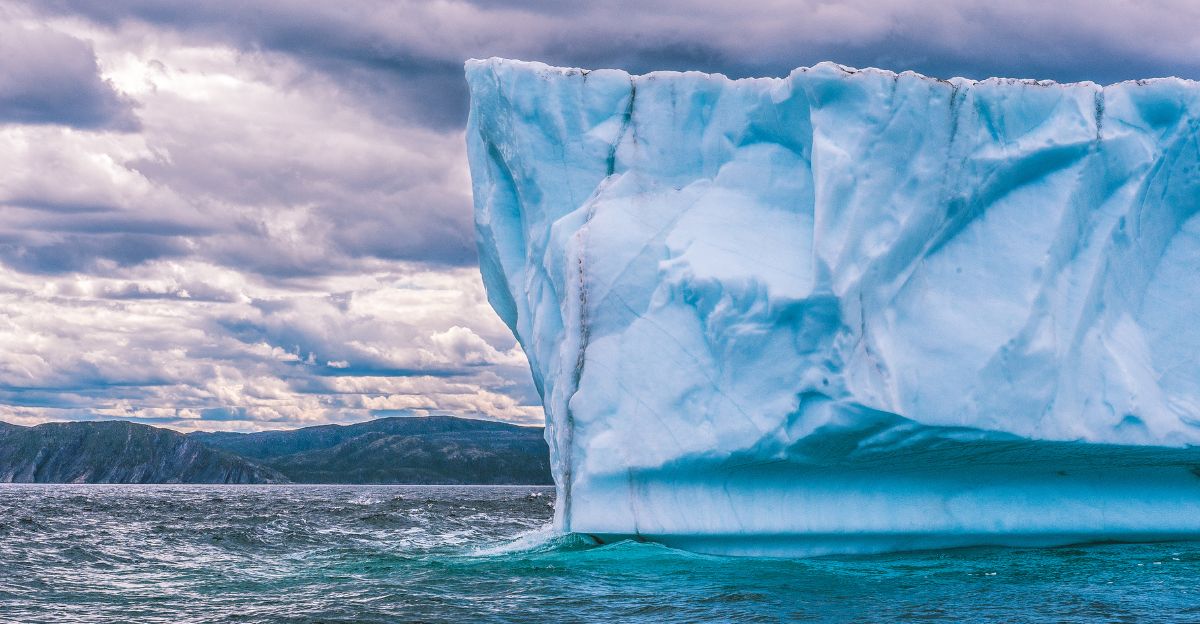
These icebergs are remarkable to spot and come with much excitement, but they aren’t as easy to study as one might think. Their extreme rarity means researchers often lack opportunities to examine them before they melt or drift into inaccessible polar regions. Their remote locations, massive size, and constant movement make it even more challenging.
The high costs and risks of polar expeditions don’t make research efforts any easier, especially considering how quickly researchers would have to move to get what they’re looking for.
A Glimpse Into Earth’s Ancient Past
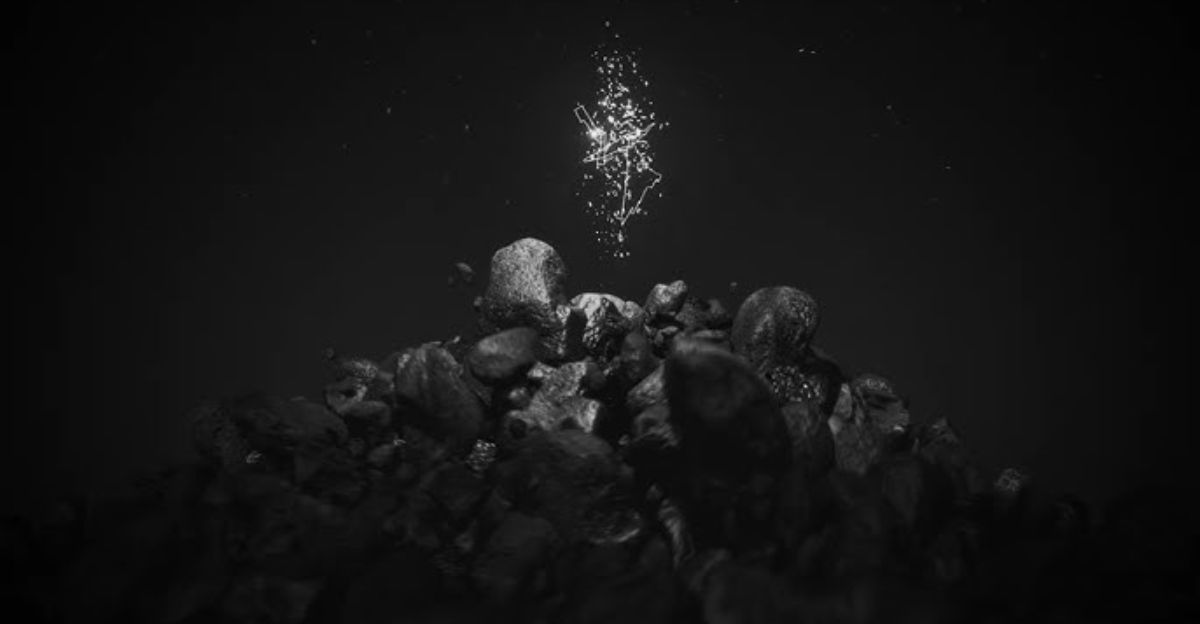
The dark debris and sediments trapped within the ice are like a time capsule just waiting to be opened, preserving evidence of long-ago geological events and environmental conditions.
“If we could sample the trapped material, we might unravel secrets about Earth’s past environments, volcanic eruptions, or even meteorite events,” said Tarasov.
The Journey of Icebergs
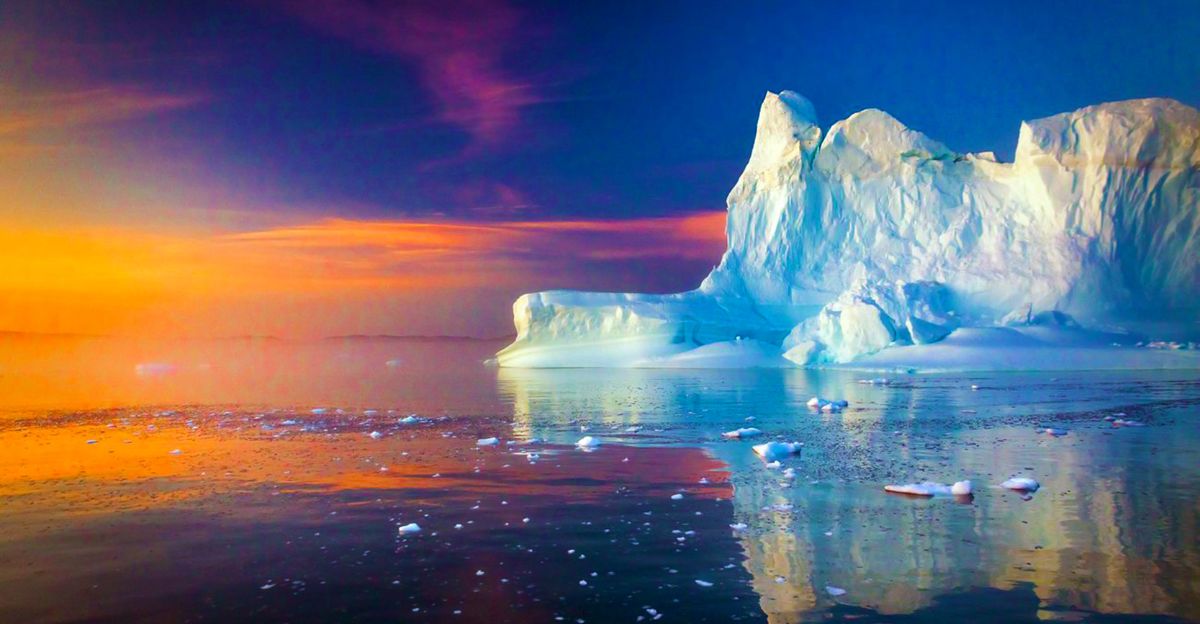
An iceberg doesn’t call anywhere home as it travels hundreds of miles across the ocean before it melts. Once adrift, icebergs can travel for one to three years before reaching places like the Newfoundland and Labrador coastline, carried by ocean currents and winds. Along the way, they continue to melt, roll, and sometimes even flip over, exposing new surfaces and revealing the hidden layers of their internal structure.
A Reminder of Nature’s Mysteries

Despite centuries of exploration and scientific progress, discoveries like this highlight just how much remains hidden beneath the waves and locked within the planet’s icy realms.
“The sighting of the rare black iceberg serves as a reminder of the many unknowns about the ocean and the natural wonders it holds. In the meantime, we can only hope to witness another extraordinary spectacle of nature,” said Antoniussen.
Explore more of our trending stories and hit Follow to keep them coming to your feed!

Don’t miss out on more stories like this! Hit the Follow button at the top of this article to stay updated with the latest news. Share your thoughts in the comments—we’d love to hear from you!







